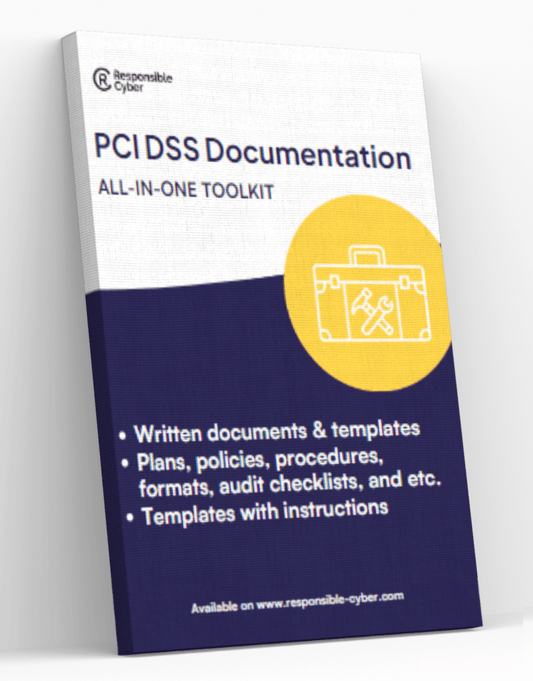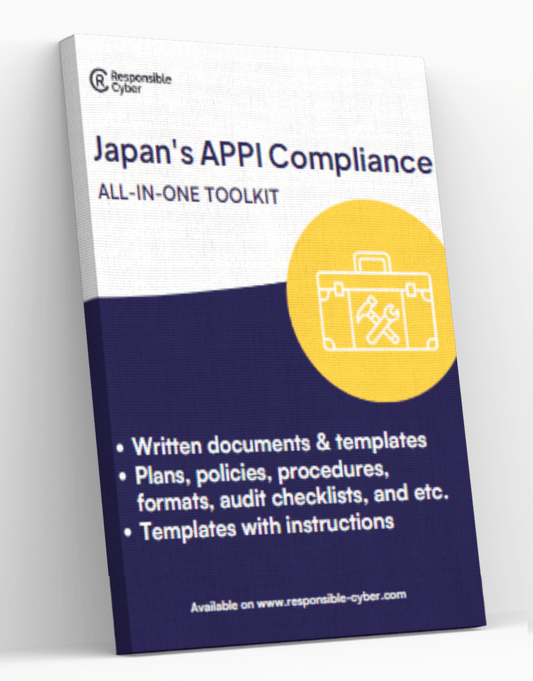Boosting Cybersecurity: Merging Singapore's Cyber Trust Mark with ISO/IEC 27001:2013

The world of cybersecurity is evolving at a lightning-fast pace. With the ever-changing threat landscape, organizations worldwide are continually striving to bolster their security posture. Two prominent frameworks, ISO/IEC 27001:2013, a globally recognized standard, and the Cyber Trust Mark, developed by the Cyber Security Agency of Singapore (CSA), are making waves in the realm of information security.
This article offers an overview of those two influential markers of cybersecurity preparedness, enhancing your understanding and aiding your security journey.
ISO/IEC 27001:2013, an internationally agreed standard by experts, delineates the requirements for establishing, implementing, maintaining, and continually improving an information security management system within the context of an organization. Singapore, a thriving hub for tech-driven organizations, sees over 200 ISO/IEC 27001:2013 certificates issued, signaling its importance in the region's information security landscape.
The Cyber Security Agency of Singapore (CSA) plays an instrumental role in the nation's cyber health, and it has spearheaded several cybersecurity certification schemes, notably the Cyber Essentials and the Cyber Trust Mark, to enhance the region's resilience against cyber threats.
The Cyber Trust Mark, on the other hand, was developed by CSA, representing a more robust and region-specific cybersecurity certification scheme. Its aim is to increase the level of cybersecurity among Singapore's organizations, thereby elevating the nation's overall resilience against cyber threats.
Cyber Trust:
The Cyber Trust Mark is an integral part of CSA's robust cybersecurity certification scheme. Specifically tailored to the Singaporean context, the CT mark represents a high standard of cybersecurity practice and preparedness.
The CT mark encompasses five core domains:
- Identity and Access
- Threat Awareness and Defence
- Security Baseline
- Governance and Risk Management
- Supply Chain Security
Organizations that earn this certification demonstrate their commitment to comprehensive and effective cybersecurity, signaling trustworthiness to customers, partners, and stakeholders. It enhances business competitiveness and assures customers that their data is handled securely.
Moreover, the CT mark aims to increase cybersecurity awareness and preparedness among Singaporean organizations, raising the country's overall resilience against the evolving cyber threat landscape.
Together, these CSA-backed certifications (Cyber Trust and Cyber Essentials) offer a comprehensive approach to improving an organization's cybersecurity posture. They focus not only on technical aspects but also promote a culture of security awareness and risk management. Achieving these certifications denotes a significant step towards enhanced cybersecurity and acts as a competitive advantage in today's digital and interconnected business world.
CSA provided a complete mapping between both, which you can find here.
For organizations that already have an ISO/IEC 27001:2013 certification and wish to evaluate it against the Cyber Trust Mark, the mapping can be observed in two annexes. Annex I maps the mandatory clauses (i.e., clauses 4 - 10) in ISO/IEC 27001:2013 to the cybersecurity preparedness domains in the Cyber Trust Mark. Meanwhile, Annex II maps the Annex A control clauses in ISO/IEC 27001:2013 to the cybersecurity preparedness domains in the Cyber Trust Mark.
These mappings are particularly beneficial for organizations seeking to understand how their existing ISO/IEC 27001:2013 certification measures up against the criteria of the Cyber Trust Mark. It provides a clear path to understand any potential gaps and opportunities for enhancement within their current security posture.
Conversely, organizations that already have a Cyber Trust Mark certification and wish to assess it against ISO/IEC 27001:2013 can refer to Annex III. This Annex provides a clear mapping of the cybersecurity preparedness statements in the Cyber Trust Mark to ISO/IEC 27001:2013.
The ability to map between these two significant cybersecurity benchmarks allows organizations to leverage their existing certifications efficiently. It also enables a clearer understanding of the nuances of each certification, ultimately driving organizations to create a robust, comprehensive cybersecurity framework that is both globally and locally recognized.
The cybersecurity journey is one that is continually evolving, with new threats emerging regularly.
Having certifications like the ISO/IEC 27001:2013 and Cyber Trust Mark enables organizations to stay ahead of these threats, gaining trust and credibility in the business world.
By leveraging the detailed mappings between these two certifications, organizations can continually strengthen their cybersecurity preparedness, ultimately enhancing their overall security posture in the face of a dynamic and challenging cybersecurity landscape.







